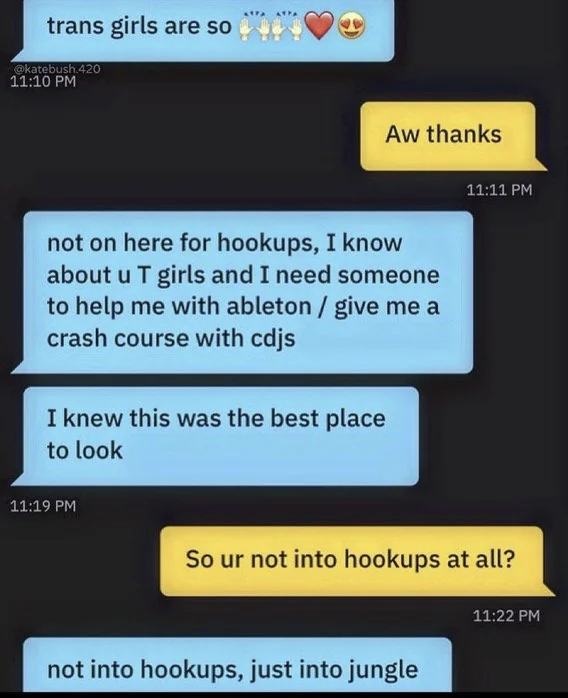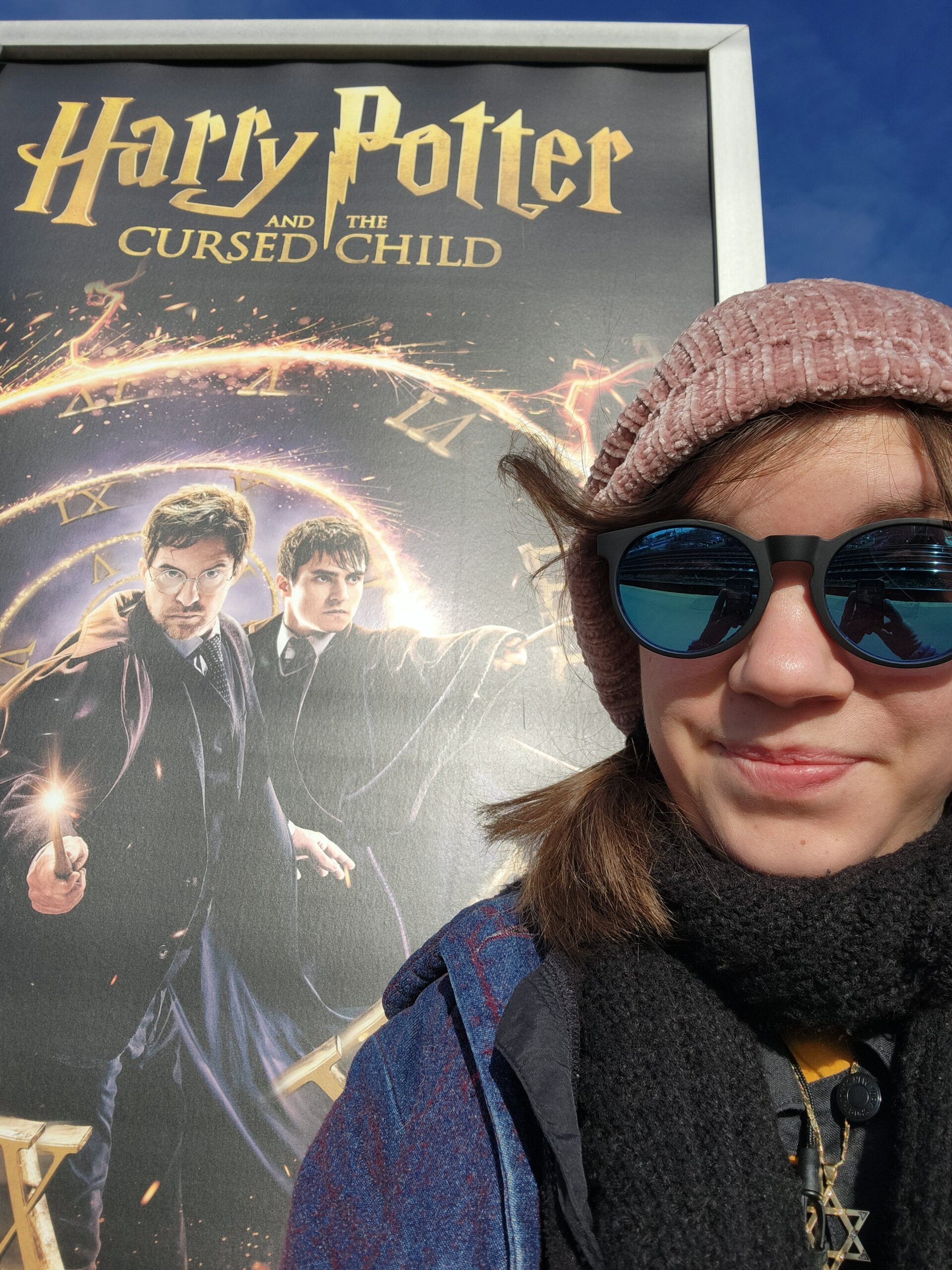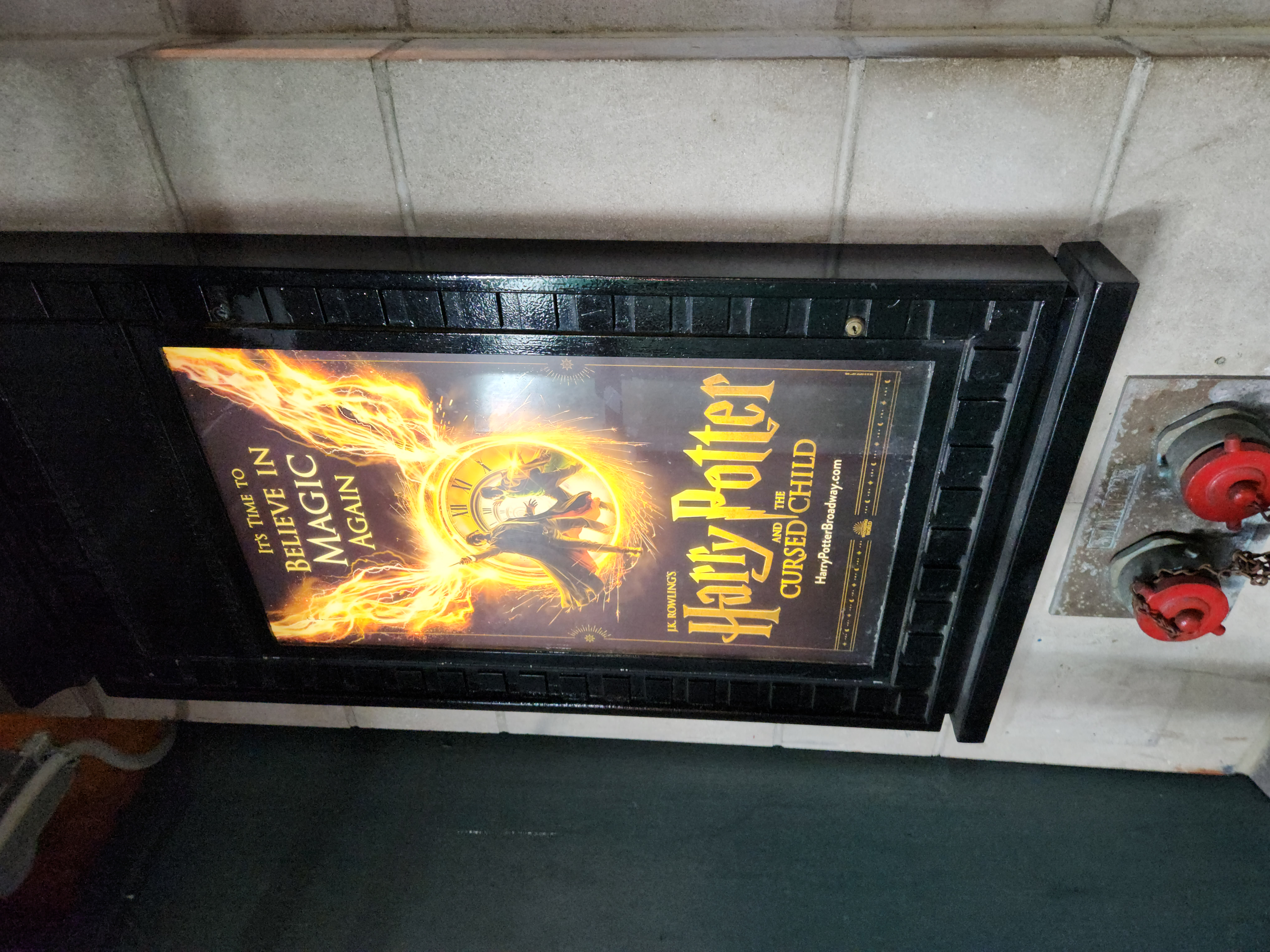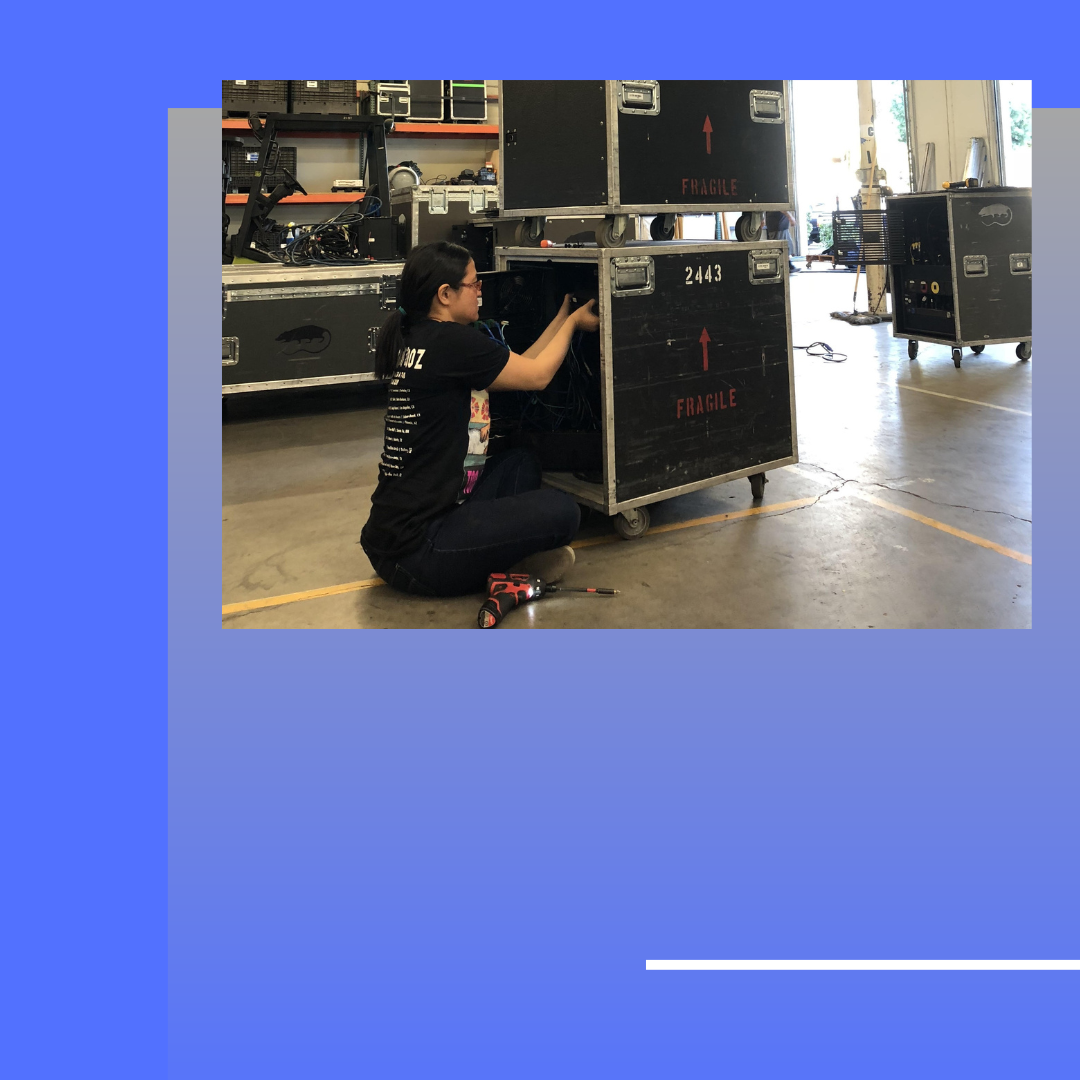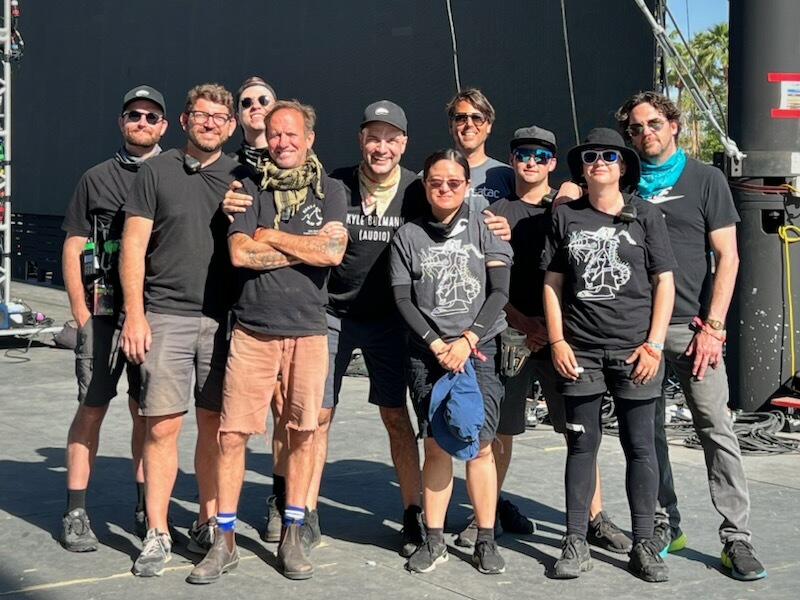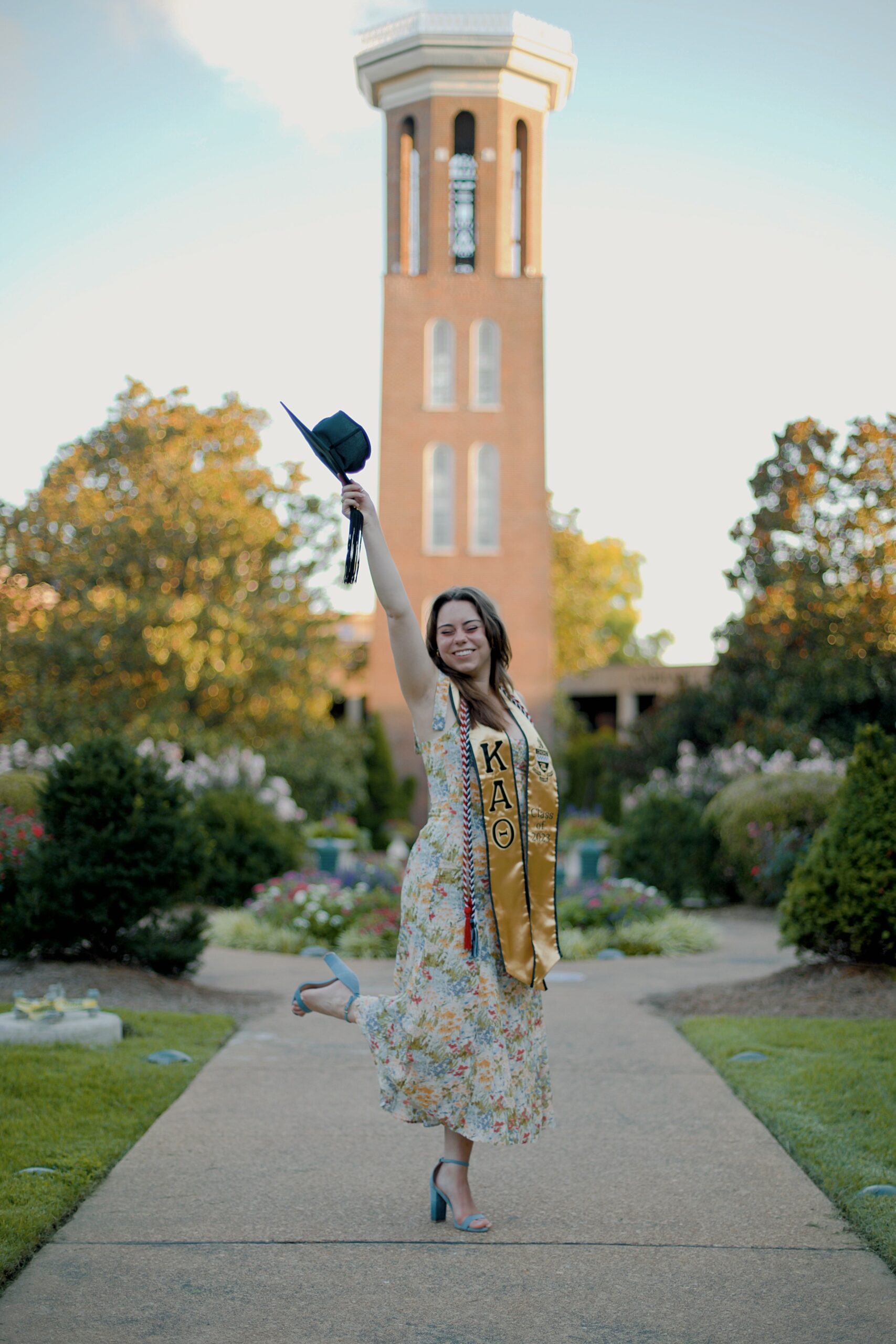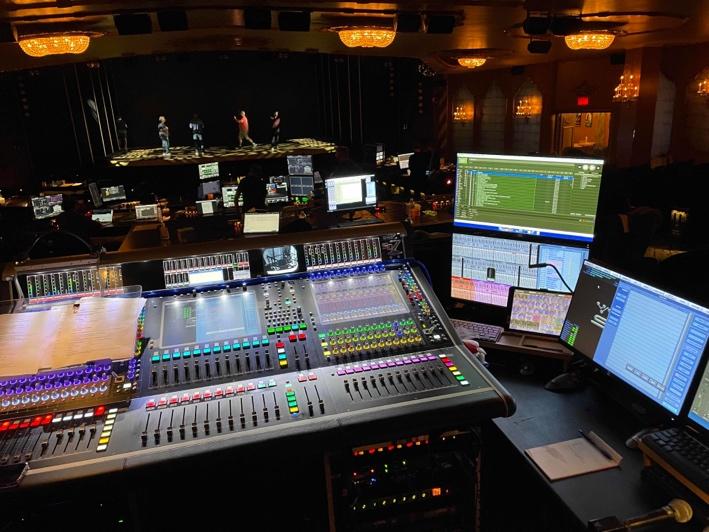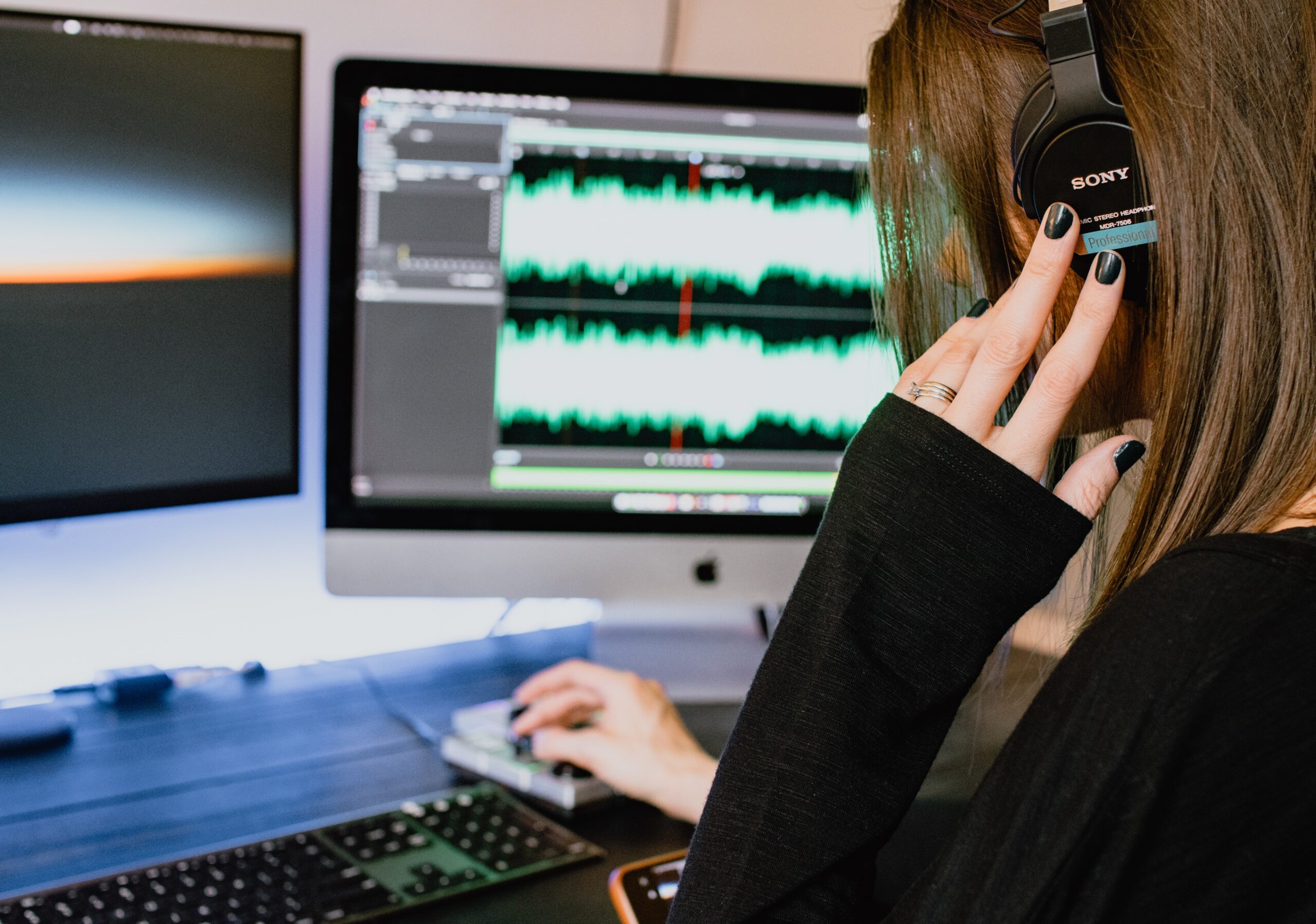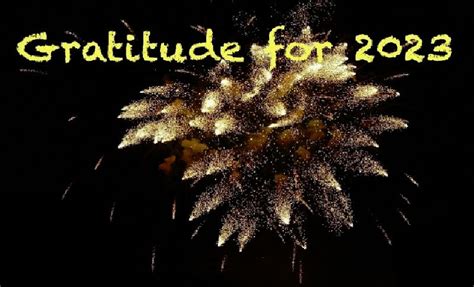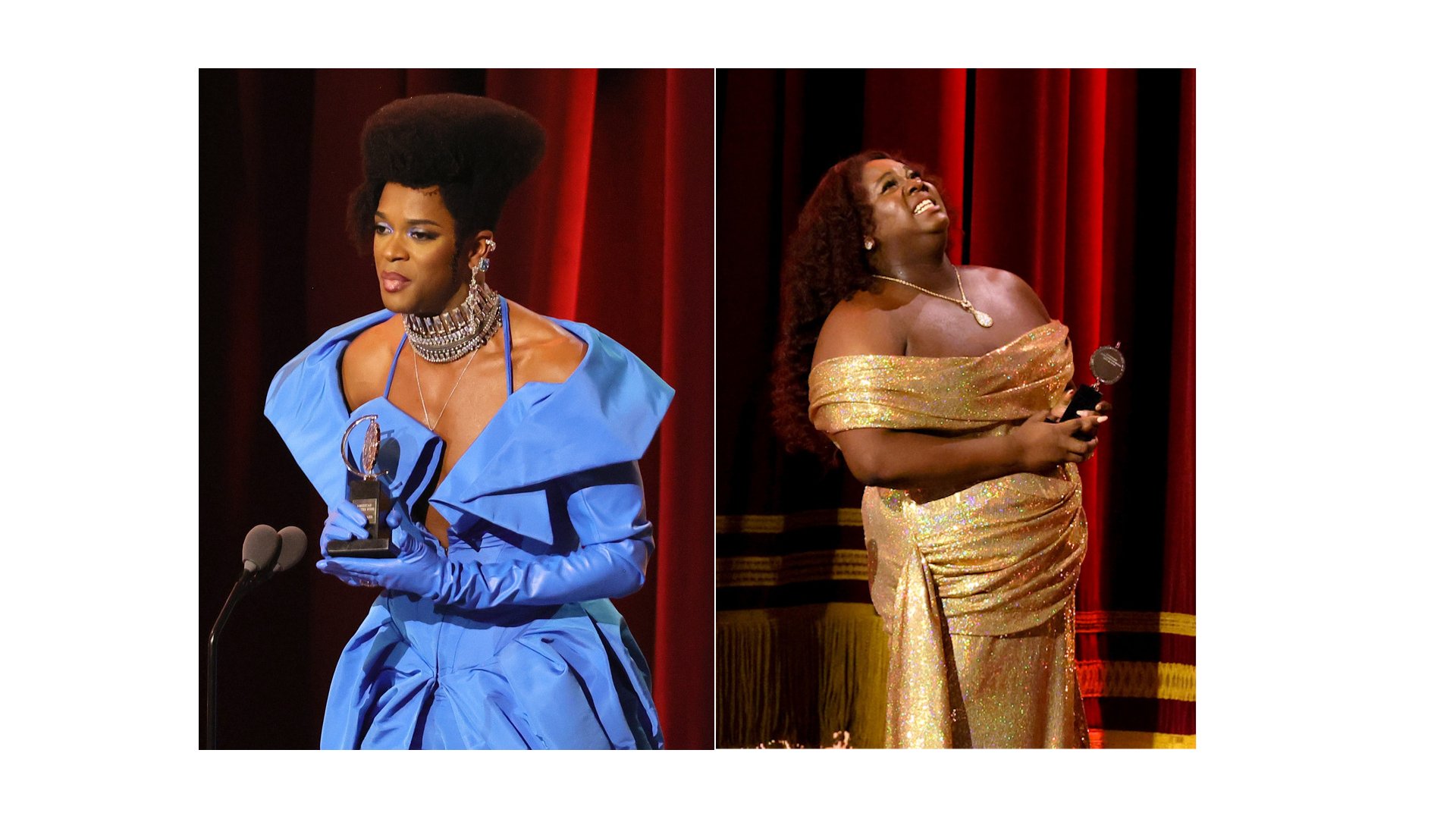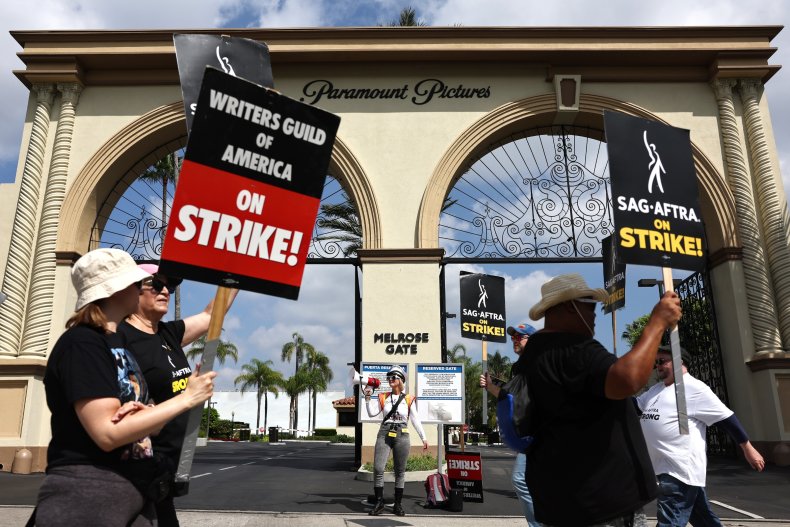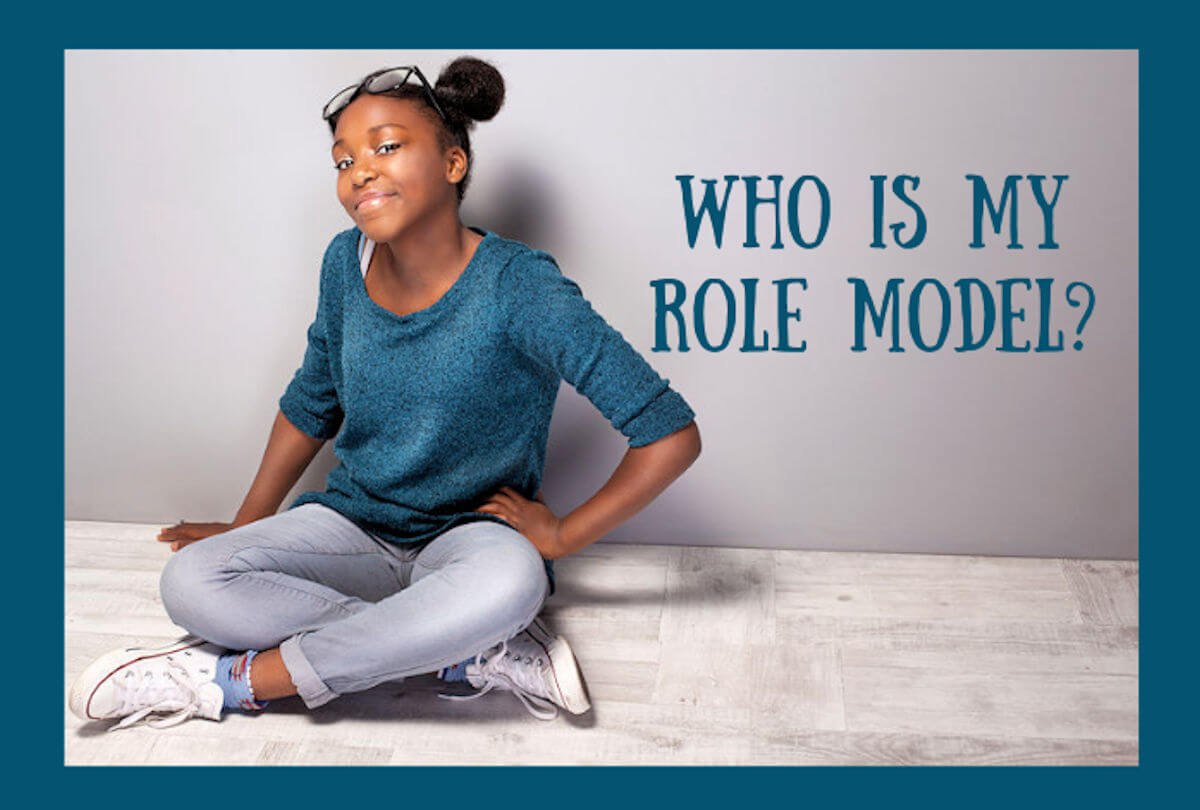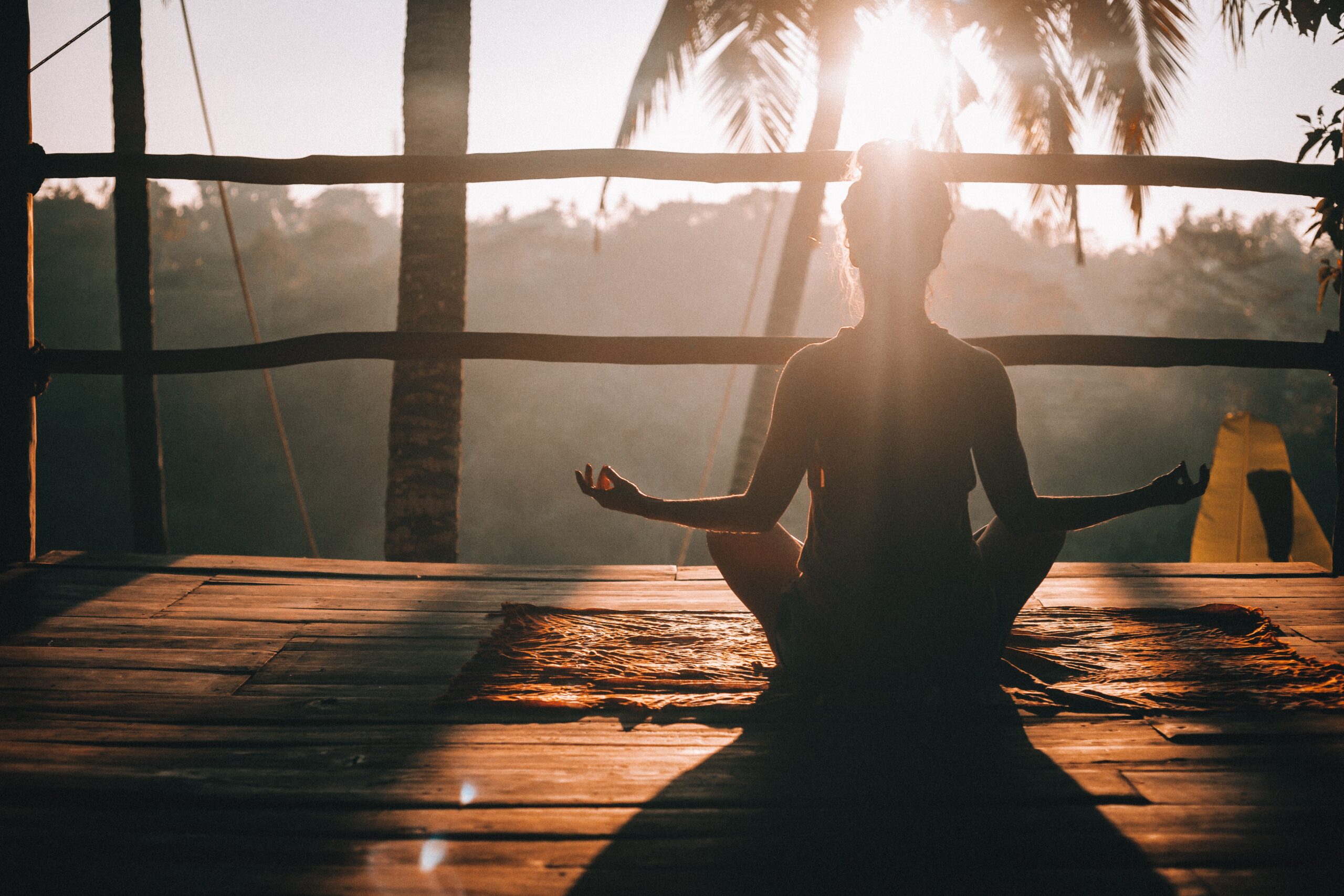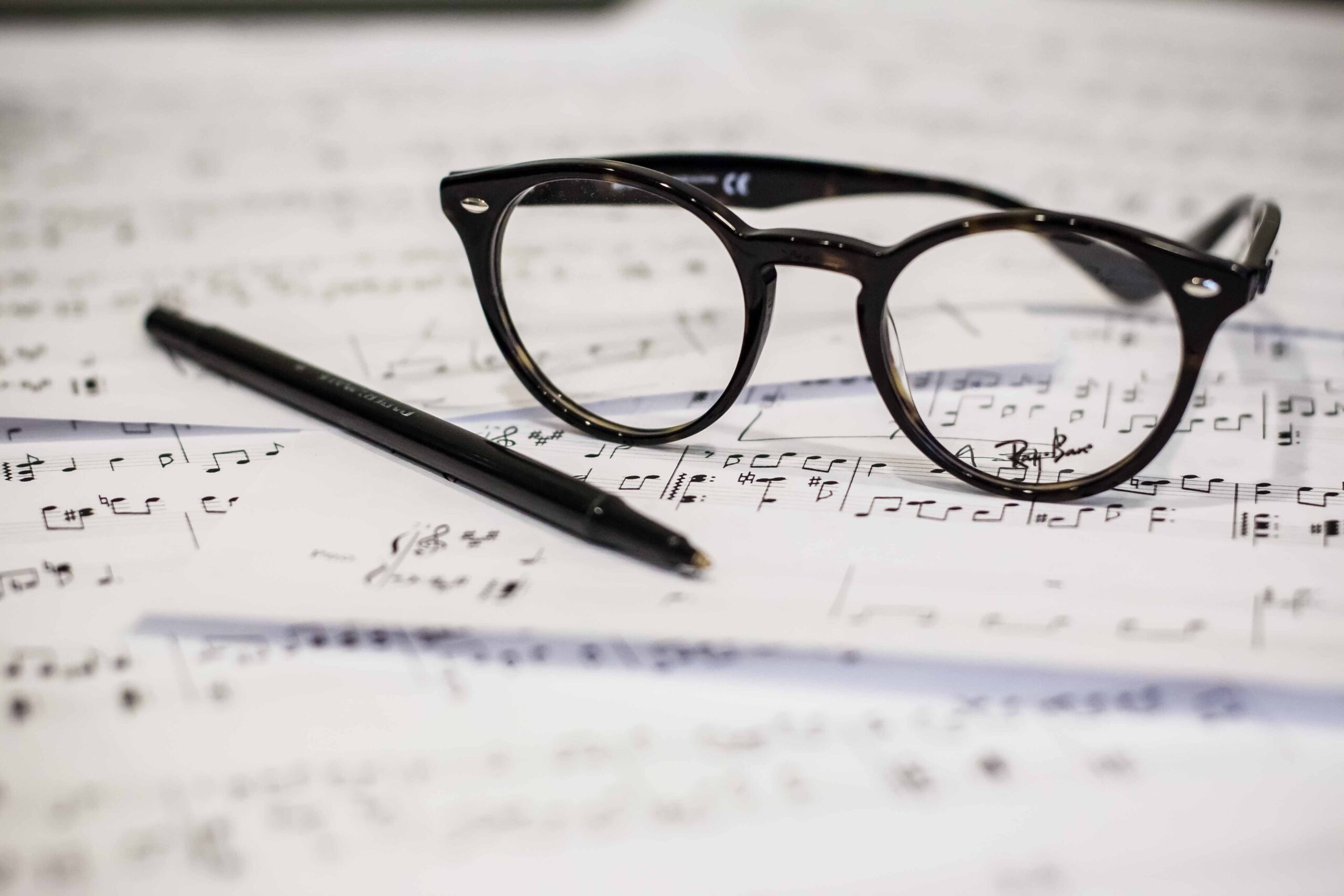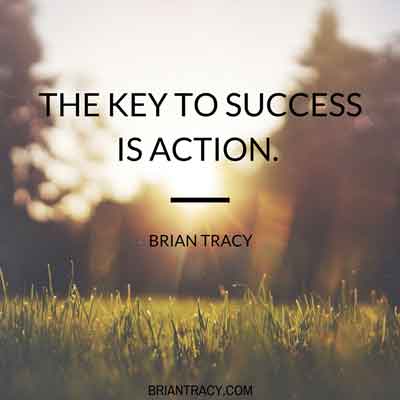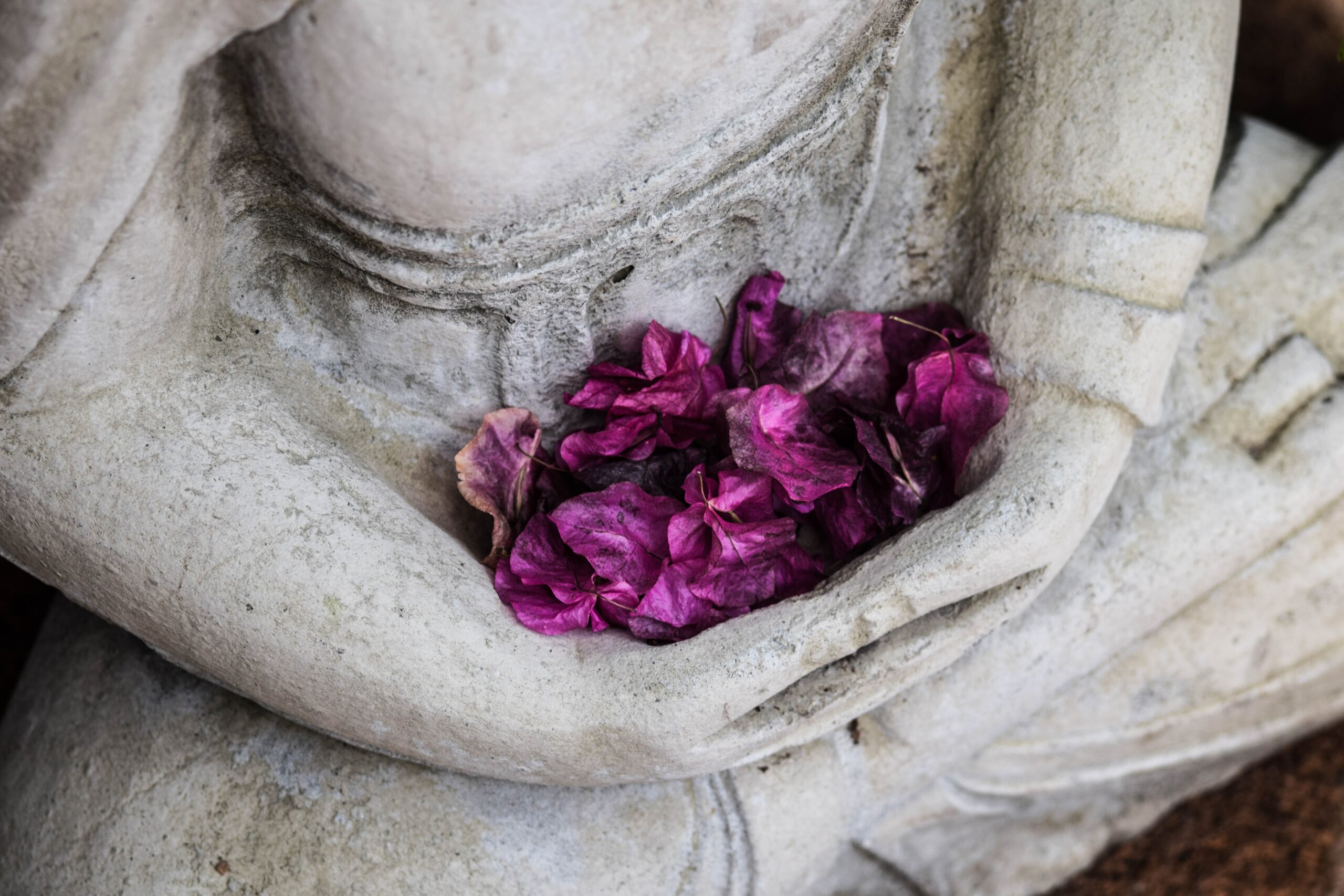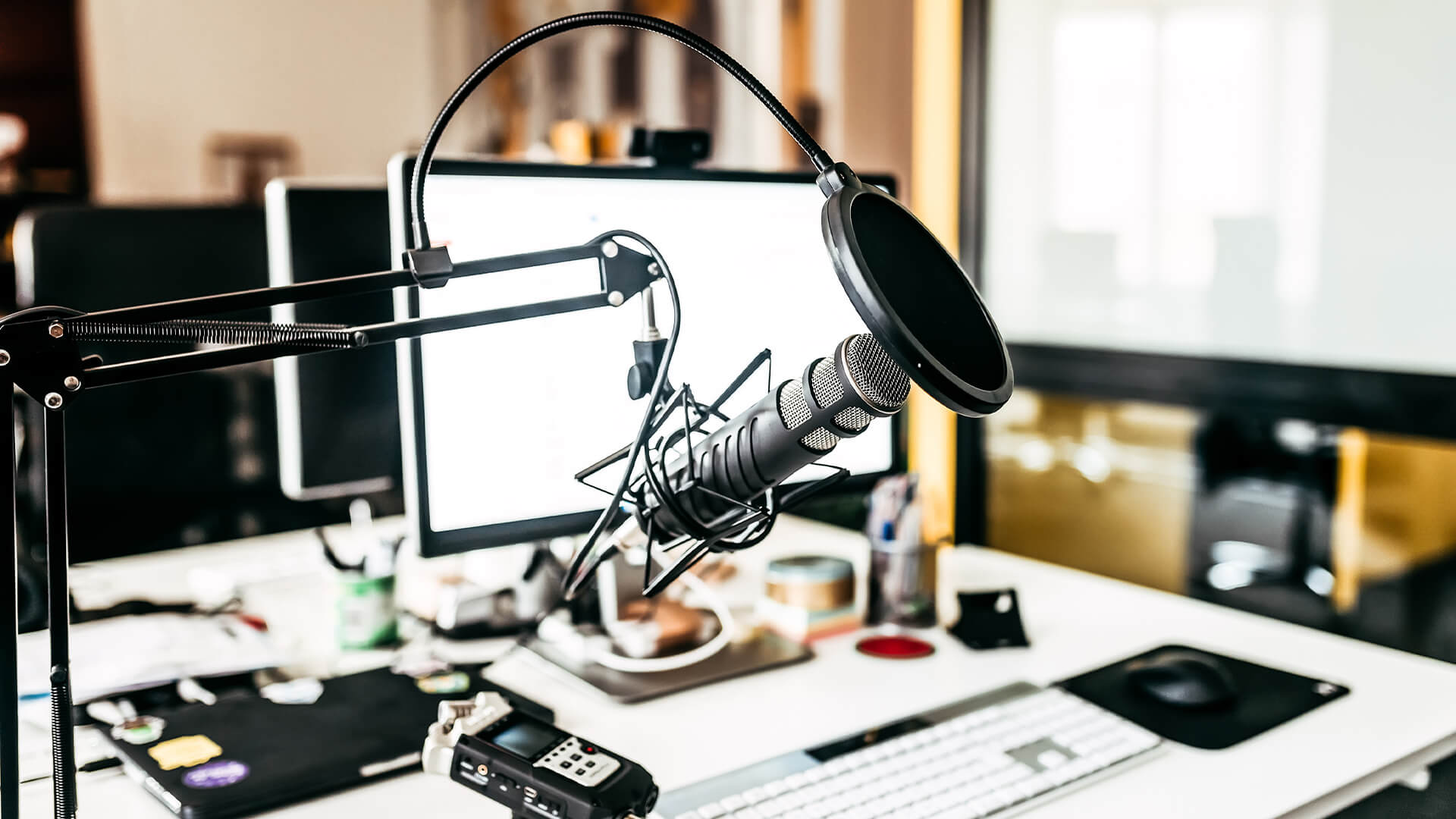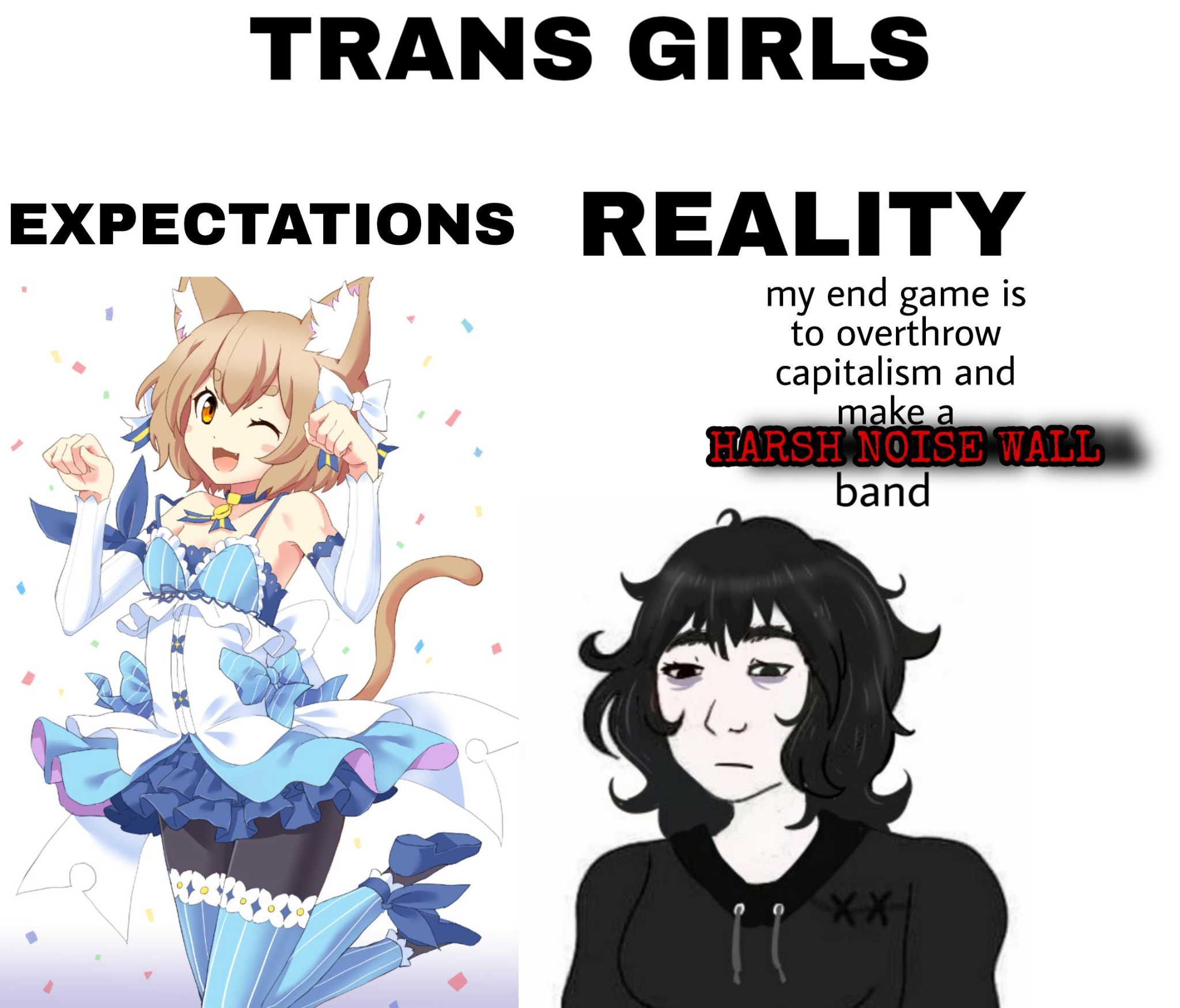
Transfemininity, Noise and Self-Defense
“And if any man of the lord tries to use violence to challenge me
I swear to the gay gods that watch over me
That I will eat your face”
This blog entry is gonna be more about questions than about answers. I’m a pathological self-doubter if that makes any sense.
It must be some sort of self-defense mechanism. If I don’t commit to an answer, I can hold an equidistant safe spot. Actually, I think I’m more of a recovering pathological self-doubter. There are things I definitely don’t doubt about. You can’t doubt patriarchy, the weight of gender expectations and roles, the violence we face because of it, the joy -and scares- of being bold and standing proud in front of it.
Maybe It’s not self-doubt; maybe it’s gaslighting. A whole lifetime of society gaslighting you into thinking you are someone you’re not.
Somewhere between these joys, fears, and doubts, a desire to express yourself is born. It’s unavoidably colored by euphoria and dysphoria, care and anger, patience and frustration, violence and desire. There’s something in the shared experiences that transfem people go through that I believe shapes and also a common source of inspiration for us. It’s there in the culture. It’s so much there… that we have kinda become a meme.
I believe the transfem experience is a tangle of feelings that expresses itself artistically in many different ways, but I’m amazed at how a lot of us go for experimental, glitchy, noisy, and annoying sounds.
In a way, I feel like it’s a very specific kind of queerness. The story of queerness is also the story of reappropriating stuff meant to degrade us or simply inaccessible to us. I felt for a while that I was expected to perform femininity in a certain way because of my transness. Just like cis women, I was expected to be delicate, gentle, sensitive, soft-spoken… or at least try, goddamn it. And just as many cis women I rebel to that. Part of this act of rebellion is writing problematic, glitchy, noisy little songs. Yes, I’m a queen. Yes, I’m sensitive and gentle. And yes, I will behead you if you attack me or my community.
It’s no surprise that our music often sounds problematic; we’ve been problematized all our lives. No wonder we sound aggressive, we need to defend ourselves. Of course, we sound subversive and weird, you’ve called us monsters for so long we might as well be the most exquisite monsters in the cabinet of curiosities.
There’s nothing I despise more than the idea that there’s some be-all-end-all reason for our transness. I don’t think I am who I am because there was an estrogen spike during my mother’s third trimester of pregnancy. I’m not claiming some essential reason why some of us produce the music we produce; this blog post is not about that. It’s about celebrating this intersection between harsh rough sounds and transfemininity.
Did you listen to Black Dresses? Ada Rook and Devi McCallion embodied that intersection beautifully. Sasha Geffen puts it perfectly in an interview for thefader.com: “The Canadian duo makes catchy, haunted-sounding music about surviving as trans women in an antagonistic world”. They sound like chewing firecrackers; I absolutely love them. At the end of the day, it’s not necessarily about feeling good, it’s more about feeling something real. It’s more about tickling a fiber you maybe didn’t know existed. It’s about an almost religious revelation, the discovery of a hidden truth about the human condition.
And a lot of it reminds me of literal “learn how to throw punches” self-defense. Self-defense is not about beating the shit out of people. It’s about learning how to stand your ground, it’s about protecting your face and knowing when it’s better to run. It’s about acknowledging that the world can be a dangerous place, but also that we can use the tools that patriarchy took away from us to deter aggressors just by standing in front of them with a certain posture. I see a lot of self-defense “don’t mess with me or imma mess you” in the sound choices of transfem folk. It makes sense, right? To me, it’s the sound of empowerment.
Or maybe I’m reading too much into it? Did I mention I’m a recovering pathological self-doubter? Maybe it’s just about having fun and a specific aesthetic taste, the kind that grows in you like an infection or an addiction from listening to Astro Creep: 2000 when you were a kid in the 90s. Maybe I just like the sound of chewing firecrackers and there’s no deeper meaning to this and the fact that so many transfem artists like that too to the point of becoming a meme is just… coincidence.
Call me a self-doubter, but I doubt it.
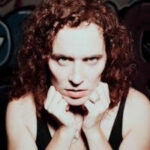 Judit K. (Barcelona, 1984) is a restless musician in constant transformation with a passion for glitchy, noisy, loud and almost annoying sounds. She’s been playing keyboards with Obsidian Kingdom from 2016 to 2021 and now is the girl behind the synths in Lys Morke. She’s also a solo artist working on her second album SAFO.EXE, a reinterpretation of Safo’s poetry from the end of the world. She combines her passion for music with feminist and lgtbiq+ activism. You can find her sharing musical and political content (and selfies, bc why not) on instagram: @_juditk
Judit K. (Barcelona, 1984) is a restless musician in constant transformation with a passion for glitchy, noisy, loud and almost annoying sounds. She’s been playing keyboards with Obsidian Kingdom from 2016 to 2021 and now is the girl behind the synths in Lys Morke. She’s also a solo artist working on her second album SAFO.EXE, a reinterpretation of Safo’s poetry from the end of the world. She combines her passion for music with feminist and lgtbiq+ activism. You can find her sharing musical and political content (and selfies, bc why not) on instagram: @_juditk
